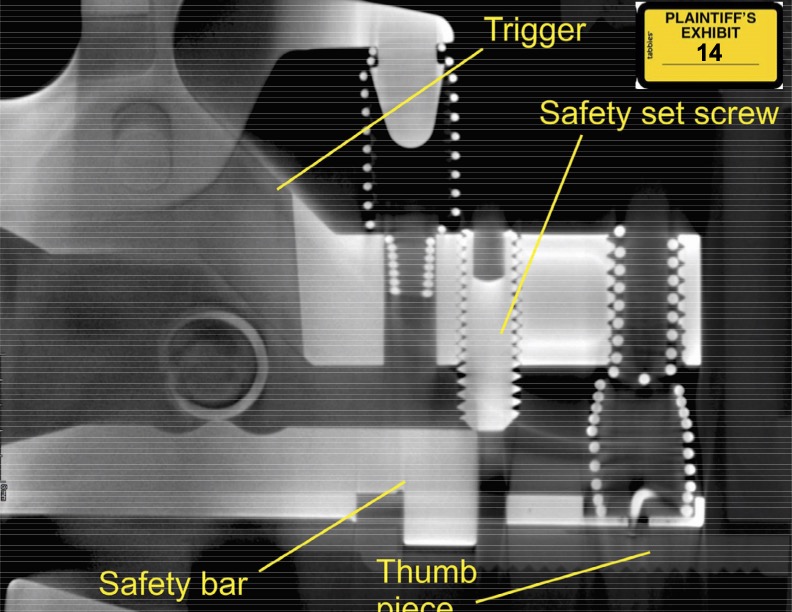What is Considered a Defective Product?
A product is considered defective if it is unreasonably dangerous for normal use. There are three main types of defects:
- Design Defects: Unsafe design poses risks even when used correctly.
- Manufacturing Defects: Flaws introduced during production make the product unsafe.
- Labeling/Marketing Defects: Missing or incorrect safety information or warnings.
A firearm is considered defective anytime it fires without the user intentionally pulling the trigger. If it can fire without the trigger being pulled, or if it doesn’t meet the reasonable expectations of the consumer, then it is defective. This is particularly relevant to catastrophic failures of the gun.
For example:
- Shotgun Explosion: For example, if you are dove hunting with a shotgun and it explodes when you pull the trigger.
- Pistol Component Failure: If you are firing a pistol and the components break while firing.
Some manufacturers have higher standards than others. We typically compare the conduct of the manufacturer who designed a defective, unsafe gun with that of the manufacturer who made a safe gun.


